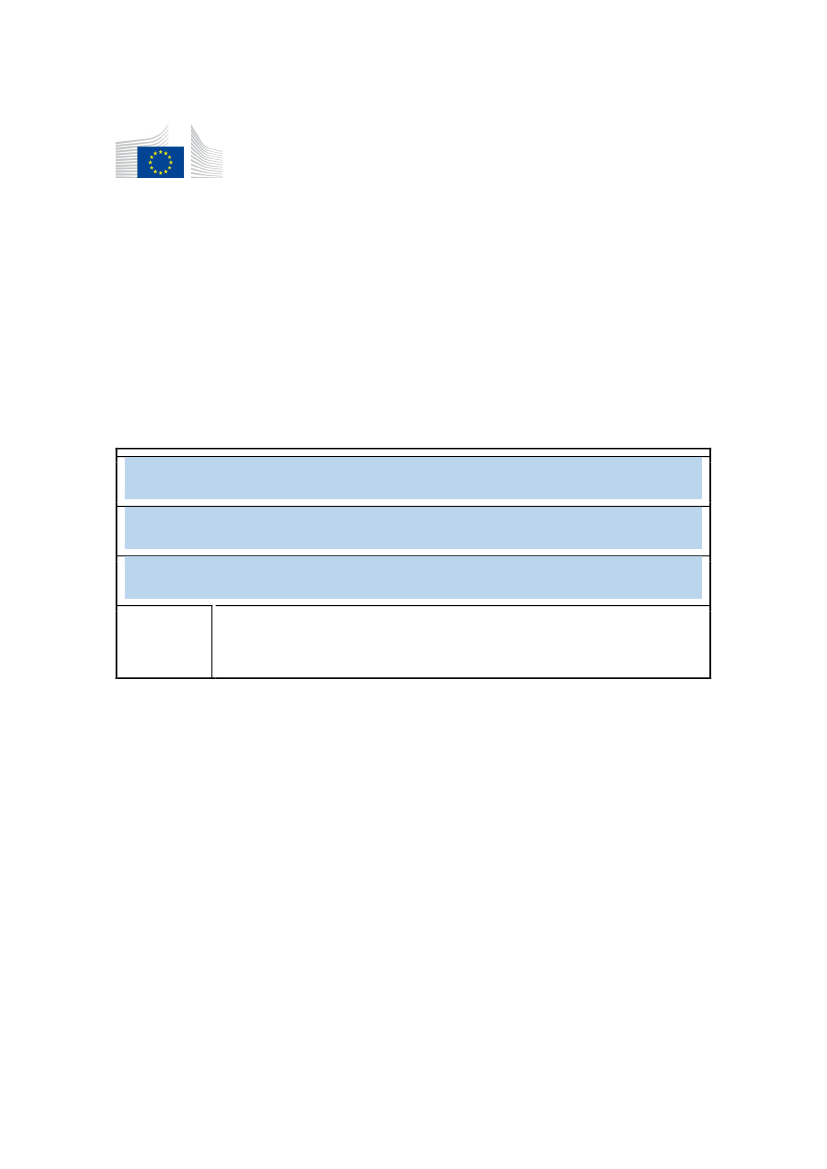
30 April 2025
CeSaR
Denmark's contribution to the Country-specific recommendations
(CSR) assessment
Semester Cycle 2025
CSR.2024.1
CSR 1 Subpart 1: Submit the medium-term fiscal-structural plan in a timely
manner
Measures
Comments
State of play
Entry 1
Denmark submitted Denmark’s Fiscal and Structural Policy
Plan 2024 on time September 20, 2024.